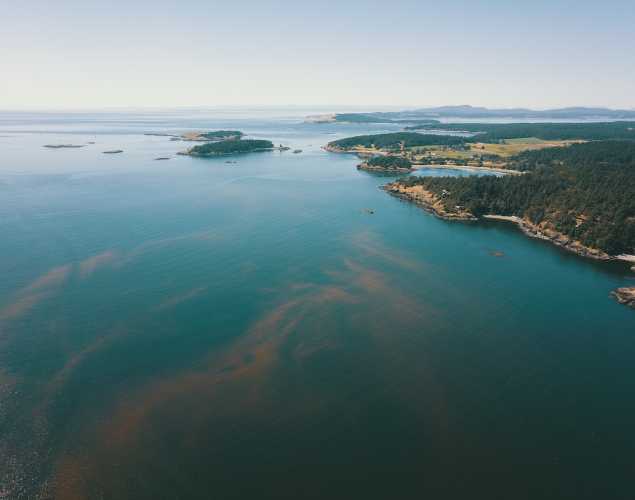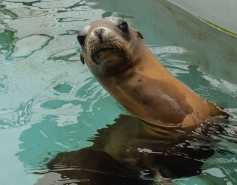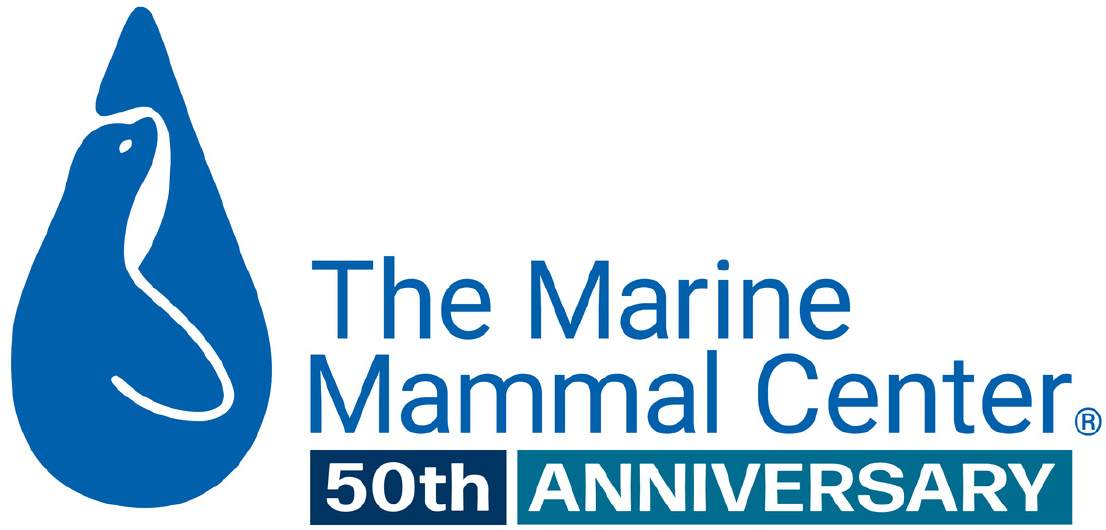
Initial Skill Assessment of the California Harmful Algae Risk Mapping (C-HARM) System
- Domoic acid
Abstract
Toxic algal events are an annual burden on aquaculture and coastal ecosystems of California. The threat of domoic acid (DA) toxicity to human and wildlife health is the dominant harmful algal bloom (HAB) concern for the region, leading to a strong focus on prediction and mitigation of these blooms and their toxic effects. This paper describes the initial development of the California Harmful Algae Risk Mapping (C-HARM) system that predicts the spatial likelihood of blooms and dangerous levels of DA using a unique blend of numerical models, ecological forecast models of the target group, Pseudo-nitzschia, and satellite ocean color imagery. Data interpolating empirical orthogonal functions (DINEOF) are applied to ocean color imagery to fill in missing data and then used in a multivariate mode with other modeled variables to forecast biogeochemical parameters. Daily predictions (nowcast and forecast maps) are run routinely at the Central and Northern California Ocean Observing System (CeNCOOS) and posted on its public website. Skill assessment of model output for the nowcast data is restricted to nearshore pixels that overlap with routine pier monitoring of HABs in California from 2014 to 2015. Model lead times are best correlated with DA measured with solid phase adsorption toxin tracking (SPATT) and marine mammal strandings from DA toxicosis, suggesting long-term benefits of the HAB predictions to decision-making. Over the next three years, the C-HARM application system will be incorporated into the NOAA operational HAB forecasting system and HAB Bulletin.
Anderson, Clarissa R., Kudela, Raphael M., Kahru, Mati, Chao, Yi, Rosenfeld, Leslie K., Bahr, Frederick L., Anderson, David M., Norris, Tenaya A. 2016. Initial skill assessment of the California Harmful Algae Risk Mapping (C-HARM) system. Harmful Algae. 59(2016): 1-18.
Related Publications
{"image":"\/Animals\/Patients\/California sea lions\/2020\/csl-oso-by-bill-hunnewell-c-the-marine-mammal-center-1.jpg","alt":"California sea lion","title":"Loss of Neuron Connectors in the Brains of Sea Lions with Epilepsy","link_url":"https:\/\/www.marinemammalcenter.org\/publications\/loss-of-neuron-connectors-in-the-brains-of-sea-lions-with-epilepsy","label":"Research Paper"}

{"image":"\/Animals\/Wild\/California sea lion\/cropped-images\/sea-lion-pup-shutterstock-451-142-3018-2358-1603915228.jpg","alt":"California sea lion pup","title":"Domoic Acid in Fetal Fluids of California Sea Lions","link_url":"https:\/\/www.marinemammalcenter.org\/publications\/domoic-acid-in-fetal-fluids-of-california-sea-lions","label":"Research Paper"}

{"image":"\/Animals\/Patients\/California sea lions\/cropped-images\/csl-by-bill-hunnewell-c-the-marine-mammal-center-2-0-1031-1794-1401-1603916128.jpg","alt":"California sea lion","title":"Evaluating Sense of Smell in California Sea Lions and Relevance to Domoic Acid","link_url":"https:\/\/www.marinemammalcenter.org\/publications\/evaluating-sense-of-smell-in-california-sea-lions-and-relevance-to-domoic-acid","label":"Research Paper"}

Evaluating Sense of Smell in California Sea Lions and Relevance to Domoic Acid
Read More{"image":"\/Animals\/Wild\/Steller sea lion\/cropped-images\/steller-sea-lion-harem-shutterstock-648-0-4424-3456-1603916879.jpg","alt":"Group of Steller sea lions","title":"Algal Toxins in Alaskan Marine Mammals Foraging in a Changing Environment","link_url":"https:\/\/www.marinemammalcenter.org\/publications\/algal-toxins-in-alaskan-marine-mammals-foraging-in-a-changing-environment","label":"Research Paper"}

Related News
{"image":"\/Animals\/Wild\/California sea lion\/cropped-images\/csl-release-4-5-24photo-by-chris-deimler-c-the-marine-mammal-center-138-0-1270-992-1745348188.jpg","alt":"Four young California sea lions walk on the beach toward the ocean.","title":"Achievements in Ocean Health","link_url":"https:\/\/www.marinemammalcenter.org\/news\/achievements-in-ocean-health","label":"News Update","date":"2025-04-23 10:20:00"}

{"image":"\/Animals\/Patients\/California sea lions\/cropped-images\/LA Times Front Page 8.13.24-340-15-1270-992-1723588213.png","alt":"LA Times Front Page Domoic Acid Sea Lions","title":"LA Times: Neurotoxin is Poisoning Large Numbers of Sea Lions","link_url":"https:\/\/www.marinemammalcenter.org\/news\/la-times-neurotoxin-is-poisoning-large-numbers-of-sea-lions","label":"In the News","date":"2024-08-13 02:00:00"}

{"image":"\/Animals\/Patients\/California sea lions\/2024\/cropped-images\/musty - csl - bill hunnewell-180-0-1270-992-1723649438.jpg","alt":"California sea lion being treated for domoic acid poisoning","title":"NBC Nightly News: Researchers Investigate Dozens of Sick Sea Lions Along California Coast","link_url":"https:\/\/www.marinemammalcenter.org\/news\/nbc-nightly-news-researchers-investigate-dozens-of-sick-sea-lions-along-california-coast","label":"In the News","date":"2024-08-13 02:00:00"}

NBC Nightly News: Researchers Investigate Dozens of Sick Sea Lions Along California Coast
August 13, 2024
Read More{"image":"\/Animals\/Patients\/Releases\/cropped-images\/csl-quly-left-and-togozees-release-by-bill-hunnewell-c-the-marine-mammal-center-90-0-3996-3122-1693421090.jpg","alt":"two California sea lions are released in front of a crowd of people","title":"NPR Morning Edition: Hundreds of Seals and Sea Lions Are Treated Each Year at The Marine Mammal Center","link_url":"https:\/\/www.marinemammalcenter.org\/news\/npr-morning-edition-hundreds-of-seals-and-sea-lions-are-treated-each-year-at-the-marine-mammal-center","label":"In the News","date":"2023-08-18 02:00:00"}

NPR Morning Edition: Hundreds of Seals and Sea Lions Are Treated Each Year at The Marine Mammal Center
August 18, 2023
Read More